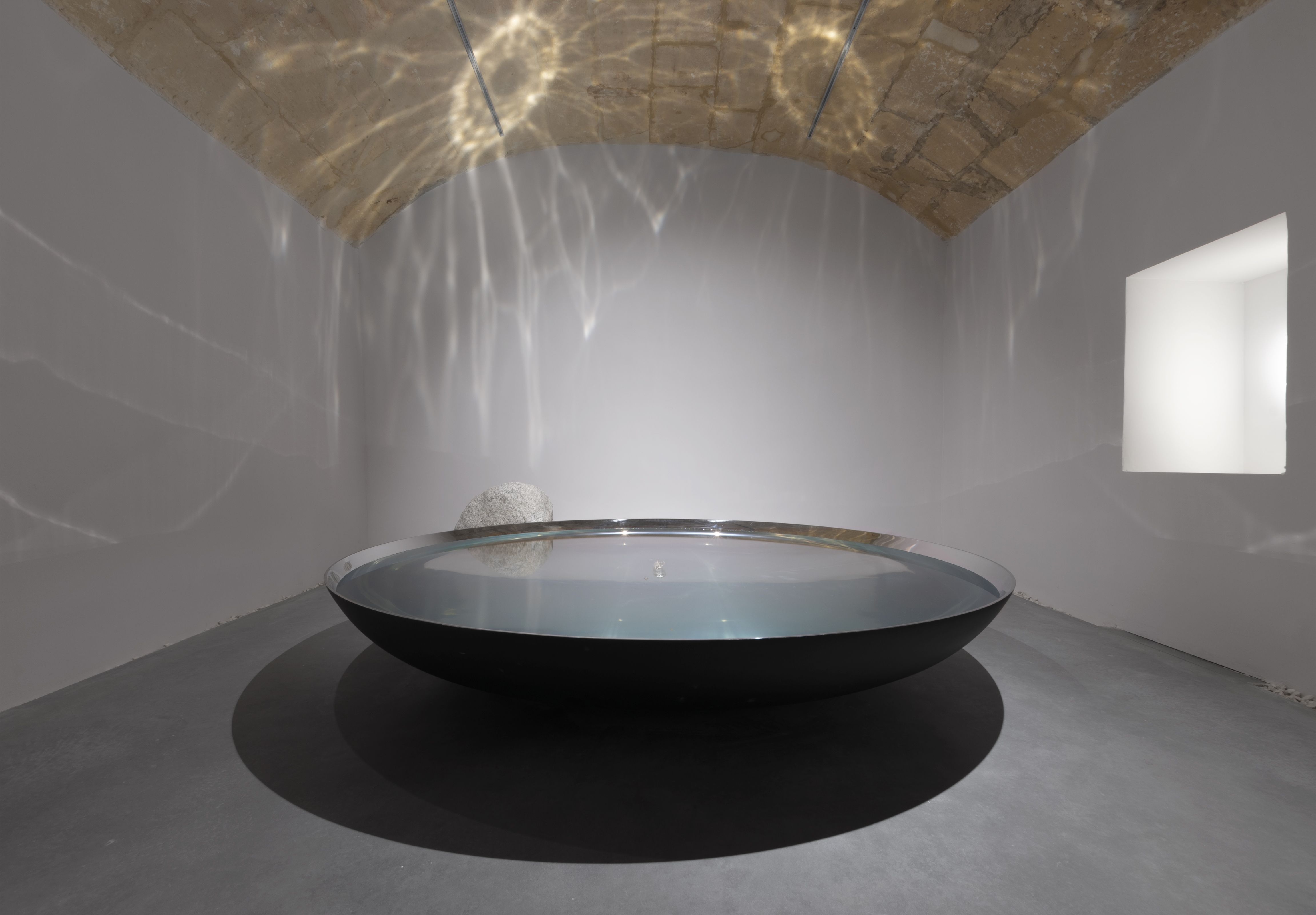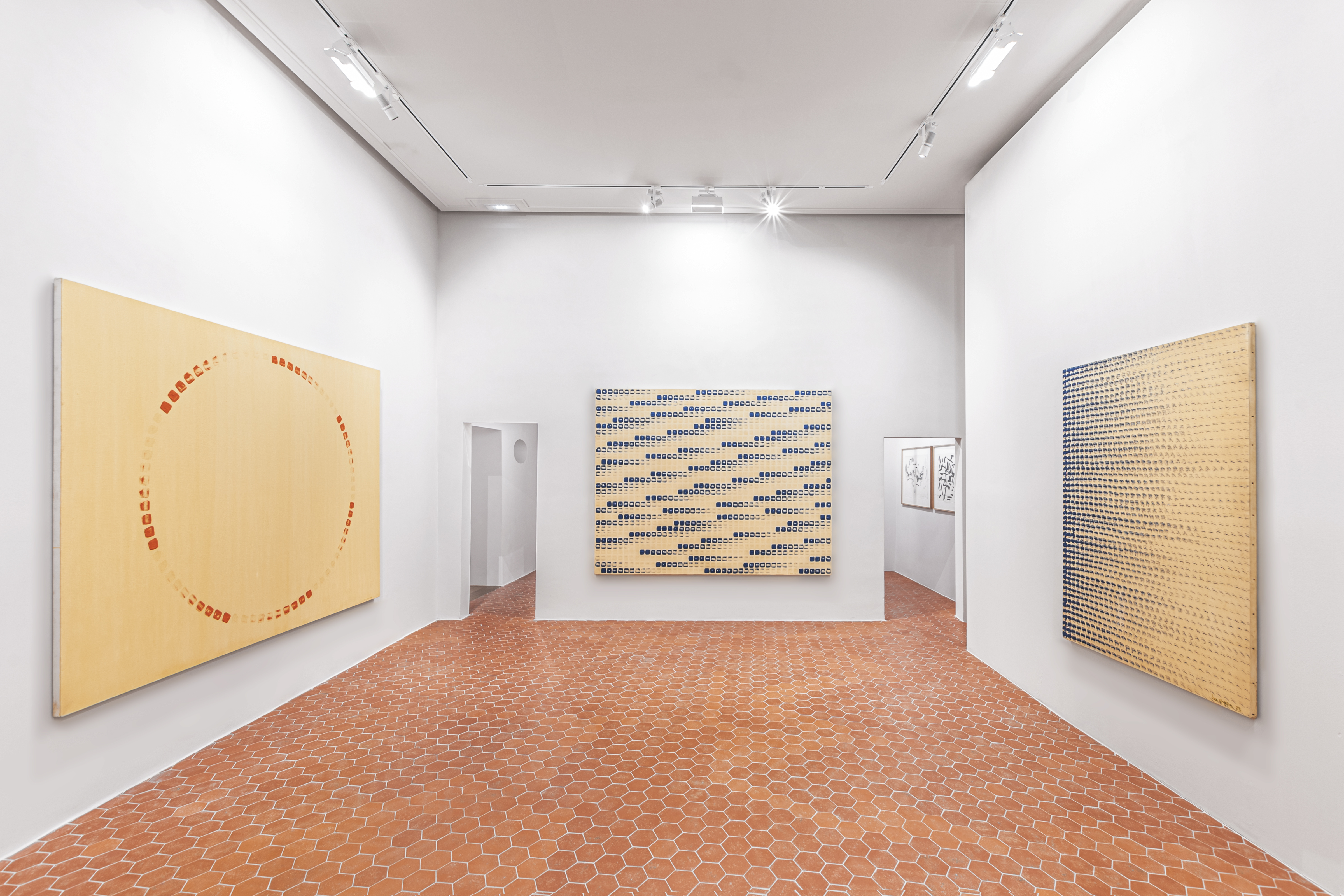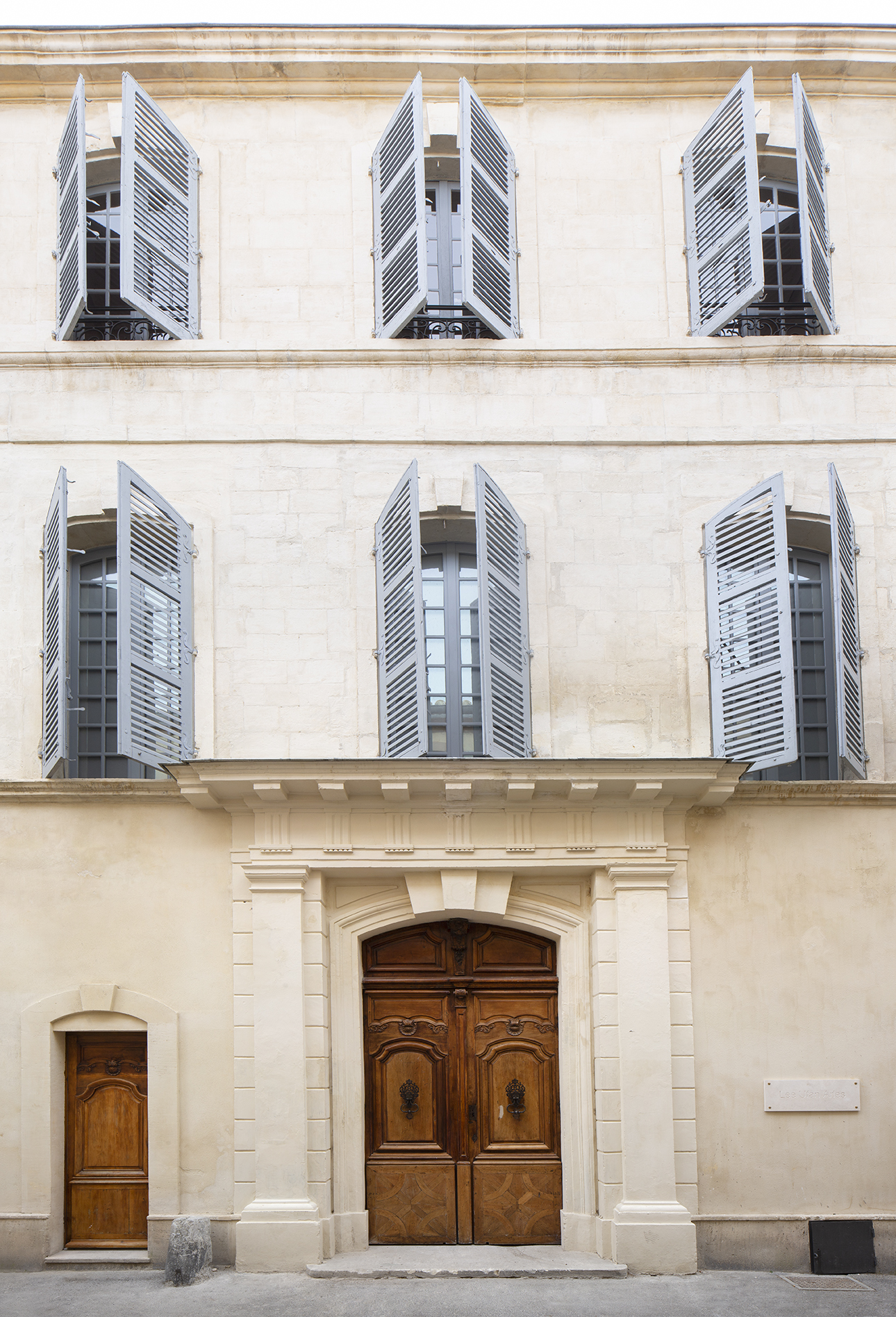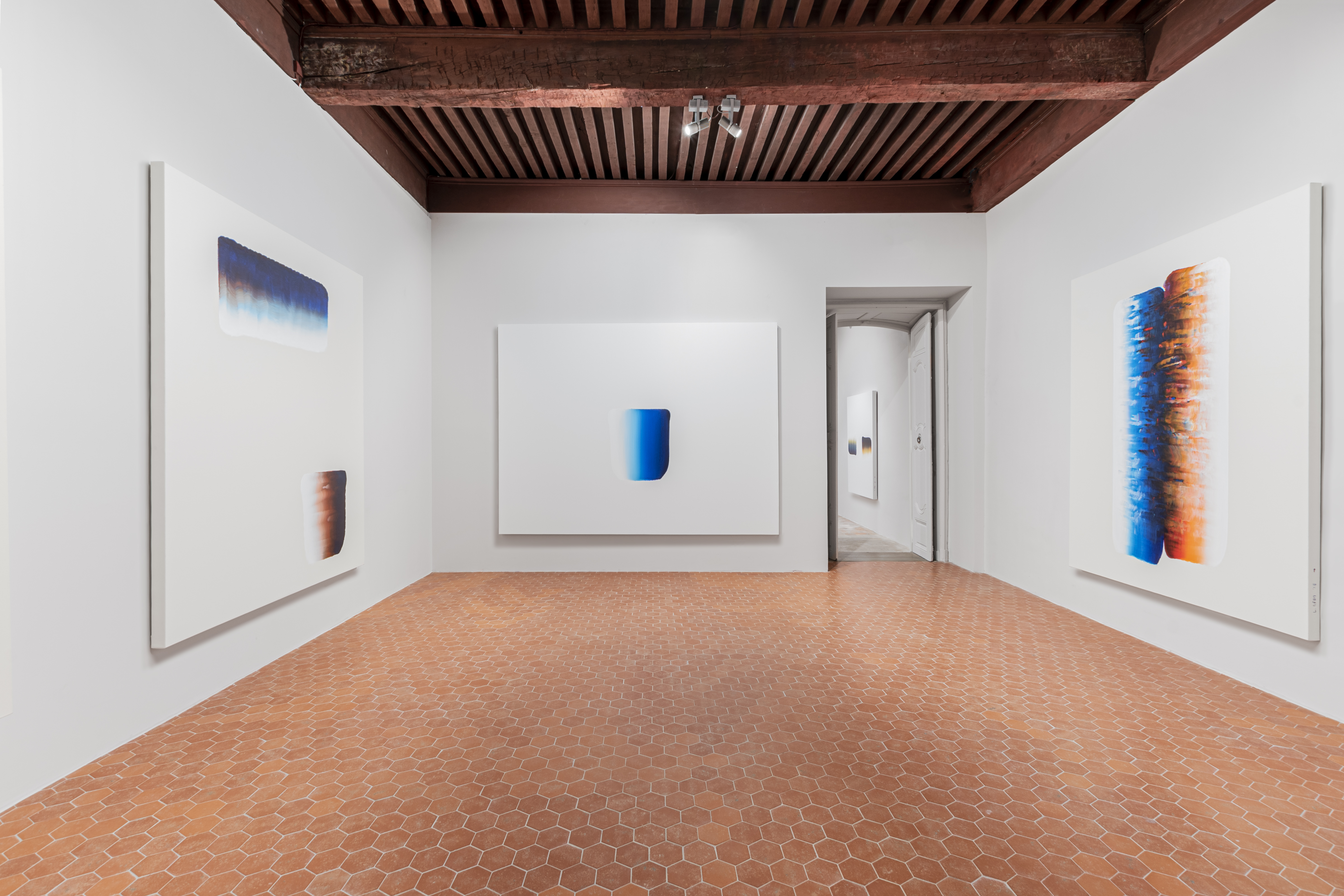
Lee Ufan Arles is a stunningly restored private mansion-turned-exhibition space situated in the heart of the Provençal medieval city. It's a part of France that is legendary for its relationship with photography and the arts, through the longstanding annual photography festival Rencontres Arles and more recently Maja Hoffman’s sprawling, Frank Gehry-designed LUMA Arles.
Designed by two friends, artist Lee Ufan and Japanese architect Tadao Ando, the new space embraces the classic proportions of its location – the Hôtel Vernon, constructed between the 16th and 18th centuries – while creating an ideal venue to show Ufan’s art, including a large temporary exhibition space. 'Space and site play an important role. Material matters because we just show action, not action for a certain purpose, but action itself, pure action,' the artist says.

Lee Ufan Arles: a new destination for art and architecture in the south of France
Ufan is perhaps the most well-known Korean artist working today, famous for his conceptual sculpture and painting which has an instantly recognisable aesthetic born out of a combination of ideas from Eastern and Western cultures.
The building's design has a lightness of touch, although some additional rooms were created on the ground floor to improve visitor flow. This level features both painting and sculpture, including site-specific works and large-scale paintings from throughout Ufan’s career.

The works explore the artist's development from being a founder member of the Mono-ha (The School of Things) avant-garde Korean art movement in the late 1960s to his status as a world-famous contemporary artist, harnessing elements of mathematics, minimalism and zen. The placement of each work in relation to the dynamics of a space is key to Ufan’s practice and in his own space, he was able to design, with Ando, an ideal environment.
'I think floors and corners in spaces are very important. And this constitutes minimum conditions to exhibit my work. Each time I exhibit, the relationship changes between my artwork and the space, the site. Even I, as an artist, sometimes hesitate where to place things,' says Ufan. 'There is no exactness. There are no rules. The space and object relationship creates a tension.'

In working with the existing space using classic terracotta hexagonal tiles, exposed beams and whitewashed walls, the personality of the building is preserved. At the same time, there is also space for Ando’s classic use of industrial concrete in a large installation at the entrance. This effectively highlights the art.

'Lee Ufan especially worked on the painting selection and the display order. He wanted [the paintings] to be hung in chronological order. He created tension by [having visitors pass] from small rooms to bigger rooms. He is also interested in investing in the walls or floors, as you can notice with the wall painting that can be appreciated, like a moment of rest, before [visitors discover] his latest series of large-scale paintings, Dialogue and Response,' says general coordinator at Lee Ufan Arles, Juliette Vignon.

One of the major concerns of Ufan’s practice is the relationship between objects and materials through space and aesthetics. He will place natural stone and iron in relation to one another to highlight their difference in appearance, but also to emphasise that one is made from the other. A large rock sits on a pan of broken glass, left at the moment of contact, and a room filled with the rippling reflection of an installation is built around a regular drip of water.

This concern with the natural world makes the collaborative Art & Environment prize awarded by Lee Ufan Arles and Maison Guerlain a logical fit. The inaugural winner, Djabril Boukhenaïssi, has just opened his exhibition ‘À ténèbres’ (To Darkness) on site. The show, which runs until 1 September 2024, highlights the loss of natural darkness in the face of light pollution, through painting and etching inspired by 18th-century German literature and the moth as written about by Virginia Woolf.








